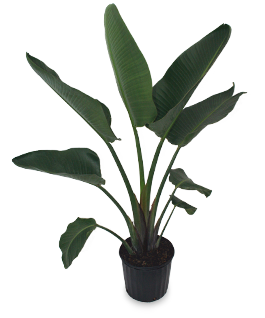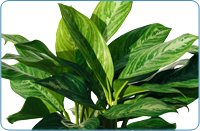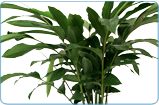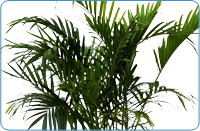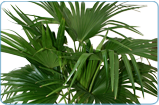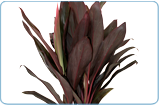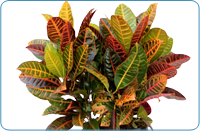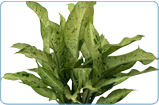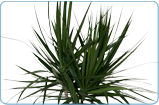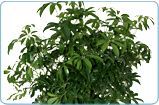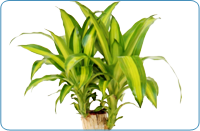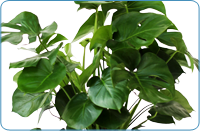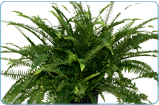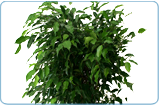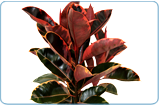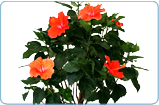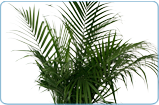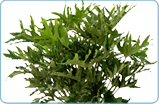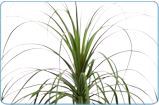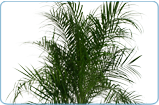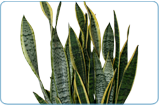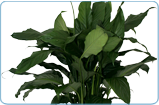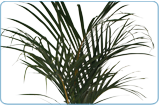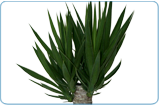Light
The White Bird of Paradise prefers being in an area where it will receive bright filtered light.
Placement
Office, Bedroom, Livingroom, Breakfast nook
Water Habits
The White Bird of Paradise grows best when watered thoroughly and then allowed to dry between waterings. Water the soil until it becomes very dark, but not to the point that the water is no longer being soaked by the soil. Potting the plant to allow for proper drainage will help guard against over watering.
Temperature
Ideal Temperature for White Bird: 60-80°F (15-27°C) Min: 40°F (4°C)
Did You Know ?
The Strelitzia Nicolai is commonly known as the Giant White Bird of Paradise or just the White Bird. The flower of this tree resembles a birds head with a crest, hence the name Bird of Paradise. This evergreen plant (meaning it will keep its foliage/blooms throughout the year) can be found in its natural habitat in South Africa. In ideal conditions the flower can reach a size ranging from 6 to 12 inches. The Bird is an easy to grow low maintenance and unique looking plant. The White Bird of Paradise will also fill out the container by sending out suckers.





